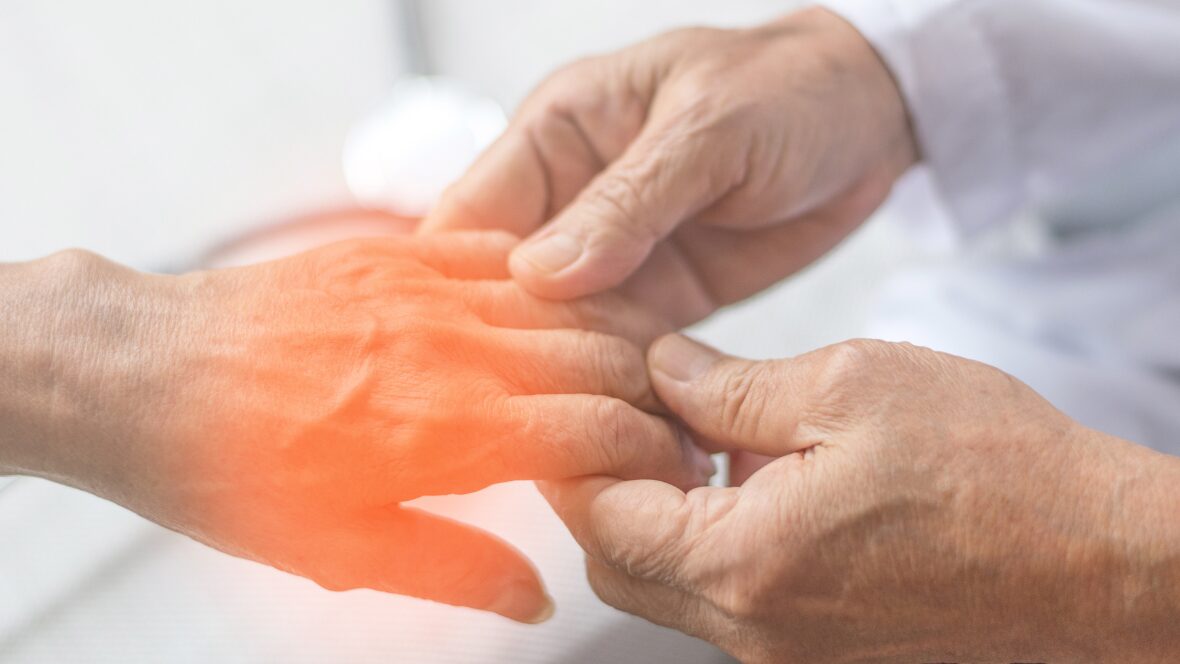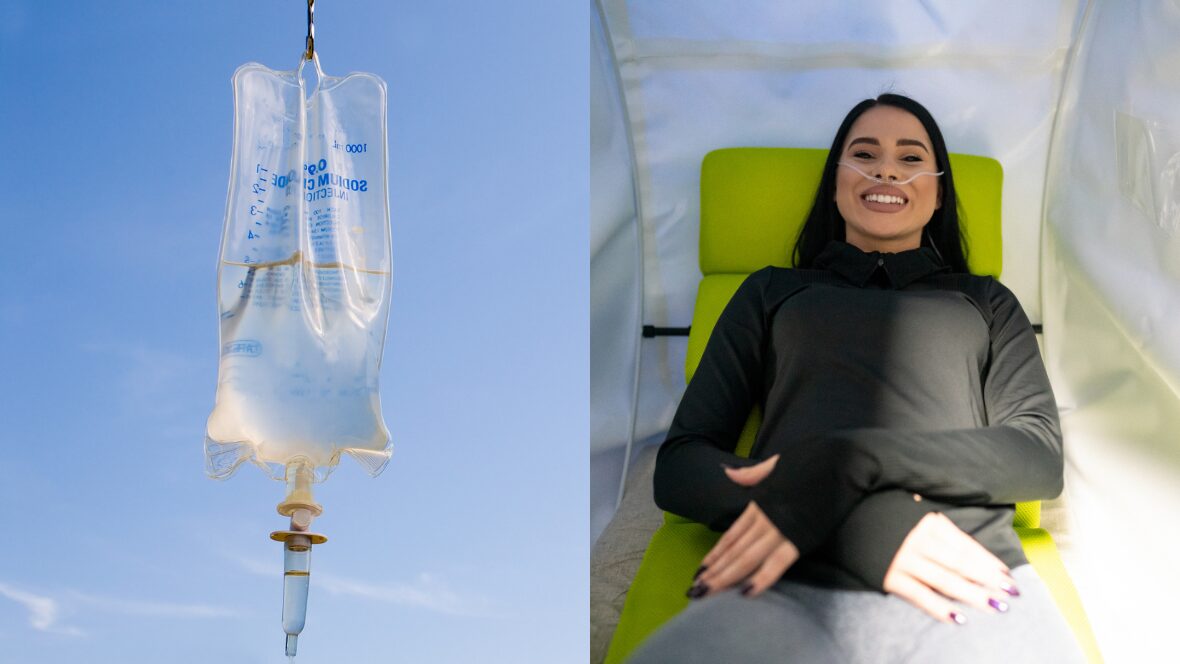Living with neuropathy can feel like walking through life in constant discomfort — where pain, numbness, or tingling serve as daily reminders that something deeper is going on. For many, the journey to relief can be long and frustrating, filled with temporary fixes and unanswered questions.
Neuropathy—often referred to as peripheral neuropathy—is a condition that affects the nerves outside of the brain and spinal cord, leading to pain, numbness, or tingling sensations that can make everyday activities difficult. While it’s common, neuropathy is often misunderstood, leaving many people searching for lasting relief and clear answers about why it happens and how to treat it effectively.
What Happens When Nerves Are Damaged?
Peripheral nerves act as messengers between the brain and the rest of the body. When they’re damaged, those signals can become distorted or blocked. This can lead to a wide range of symptoms, including:
-
Burning or tingling sensations
-
Sharp, shooting pain
-
Muscle weakness
-
Loss of balance or coordination
-
Numbness, especially in the hands and feet
Neuropathy can result from many different causes—most commonly diabetes, but also autoimmune diseases, chronic inflammation, vitamin deficiencies, toxin exposure, or even as a side effect of certain medications such as chemotherapy.
Why Treating the Root Cause Matters
Traditional medicine often focuses on pain relief through medications that dull nerve activity. While these can bring temporary comfort, they rarely address the underlying reason for the nerve damage.
A more comprehensive approach involves identifying what caused the damage in the first place—whether it’s inflammation, metabolic imbalance, or poor circulation—and supporting the body’s ability to heal naturally. This root-cause model has led to a growing interest in regenerative and integrative therapies that work to restore nerve health rather than simply manage symptoms.
Emerging Therapies for Neuropathy Relief
Recent advancements in integrative and regenerative medicine have introduced new, non-invasive options for those seeking long-term improvement. These therapies focus on reducing inflammation, improving blood flow, and supporting nerve repair at the cellular level.
1. Regenerative Medicine (PRP & Stem Cell Therapy)
Platelet-Rich Plasma (PRP) and stem cell therapy use the body’s own healing mechanisms to stimulate tissue repair. These treatments help regenerate damaged nerves and reduce inflammation, offering new hope for chronic neuropathy sufferers.
2. SoftWave Shockwave Therapy
Using targeted sound waves, this therapy helps reactivate dormant or injured nerves and encourages new blood vessel growth. Patients often describe improvements in sensation and pain reduction after several sessions.
3. Red Light Therapy (Photobiomodulation)
Red and near-infrared light penetrate deep into tissues, enhancing mitochondrial energy production and reducing oxidative stress. This process supports nerve healing and may improve sensitivity and function.
4. Vitamin & Nutrient IV Therapy
Nerves require specific nutrients—especially B vitamins, antioxidants, and amino acids—to function properly. Intravenous therapy ensures that these nutrients are delivered directly to the bloodstream, helping to repair and protect nerve tissue.
5. Hyperbaric Oxygen Therapy (HBOT)
Breathing 100% oxygen in a pressurized chamber increases oxygen availability in tissues, accelerating nerve repair, circulation, and recovery. HBOT is also being studied for its potential to reduce inflammation associated with neuropathic pain.
Living with Neuropathy: A Whole-Body Perspective
Neuropathy doesn’t just affect the nerves—it can impact mobility, sleep, mood, and independence. Effective care should therefore address the whole person—supporting circulation, nutrition, and cellular repair while also managing stress and lifestyle factors that influence healing.
In many cases, a combination of therapies provides the best outcomes. Early intervention, consistent follow-up, and lifestyle changes such as blood sugar management, gentle exercise, and anti-inflammatory nutrition can further enhance results.
The Future of Nerve Healing
As research evolves, regenerative and integrative treatments continue to offer new possibilities for people living with chronic nerve pain. While no single approach works for everyone, a personalized plan that targets both symptom relief and nerve regeneration can make a life-changing difference.
The key takeaway: Neuropathy doesn’t have to be a lifelong struggle. By understanding the causes and exploring therapies that help the body heal from within, lasting relief is within reach.




